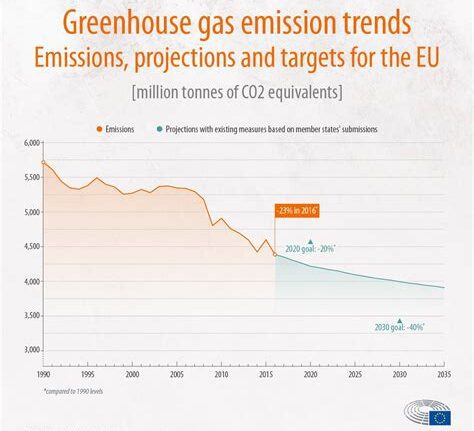Spring is finally here, bringing with it the promise of a new beginning for all gardeners. As we bid farewell to the silent winter season, where nature seemed to hold its breath in anticipation, the arrival of chirping birds and blooming flowers heralds a fresh chapter in our gardening journey.
Picture this: a farm in western Pennsylvania awakening from its winter slumber. The author, Daryln Brewer Hoffstot, paints a vivid scene of nature slowly coming back to life after months of dormancy. The familiar calls of the chickadee-dee-dee and Carolina wren have been companions through the cold days, but now, as the first red-winged blackbird’s song resonates through the air, it signals that spring has officially sprung.
Amidst this symphony of nature’s revival lies the author’s garden – a patch of earth waiting to be transformed into a colorful tapestry of blooms and greens. However, as she ventures out into her once-frozen landscape, she is met with icy mud puddles in her vegetable garden and flower beds still clinging onto their winter slumber under layers of mulch.
The challenges don’t stop there. Deer roam freely, disregarding snow fences and burlap covers meant to protect delicate plants from their hungry appetites. Squirrels scurry about collecting their stores for the season ahead while chipmunks remain hidden in their cozy dens.
In these moments of reflection amidst nature’s slow awakening, Hoffstot contemplates the changing climate and its impact on her beloved garden. With last year’s disappointing harvest still fresh in her mind, she ponders how to adapt to these evolving conditions that challenge even the most seasoned gardener.
Expert Insight
Renowned horticulturist Vita Sackville-West eloquently captured the essence of every gardener’s dilemma – balancing dreams of what is possible with an ever-changing reality. In today’s world where climate change looms large over our gardens, finding this delicate equilibrium becomes even more crucial.
As Hoffstot shares her musings on longing for a greenhouse or seeking solace in winter hibernation rather than tending to plants year-round, readers are invited into a world where gardening isn’t just about planting seeds but also navigating through uncertainties brought by shifting weather patterns.
From tracking animal footprints in snowy woods to envisioning next year’s garden paradise while flipping through seed catalogs by a crackling fire – every gardener understands these moments of pause and planning during nature’s quieter seasons.
In conclusion,
Gardening is not just about growing plants; it’s about adapting alongside them as they respond to environmental changes beyond our control. As we embark on another growing season filled with hopes and uncertainties, let us remember that amidst climate challenges lie opportunities for growth and resilience.









Leave feedback about this